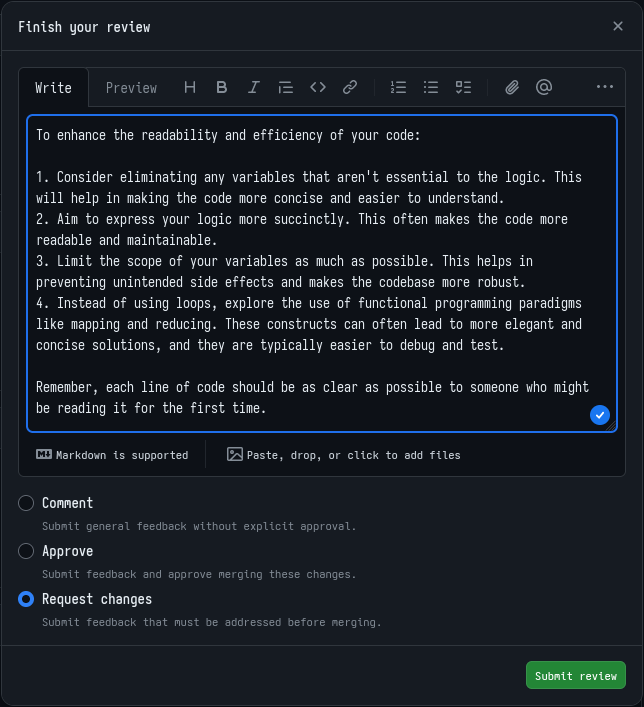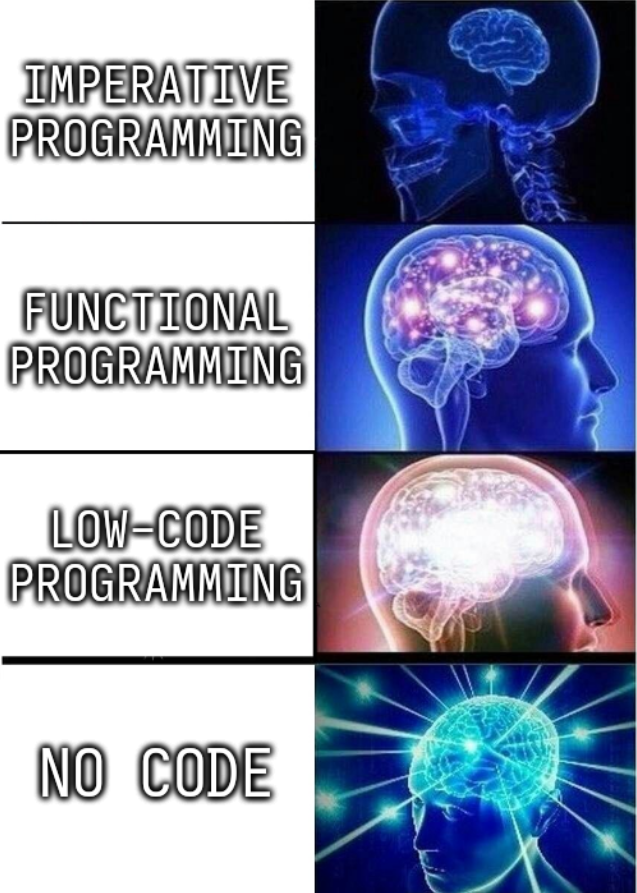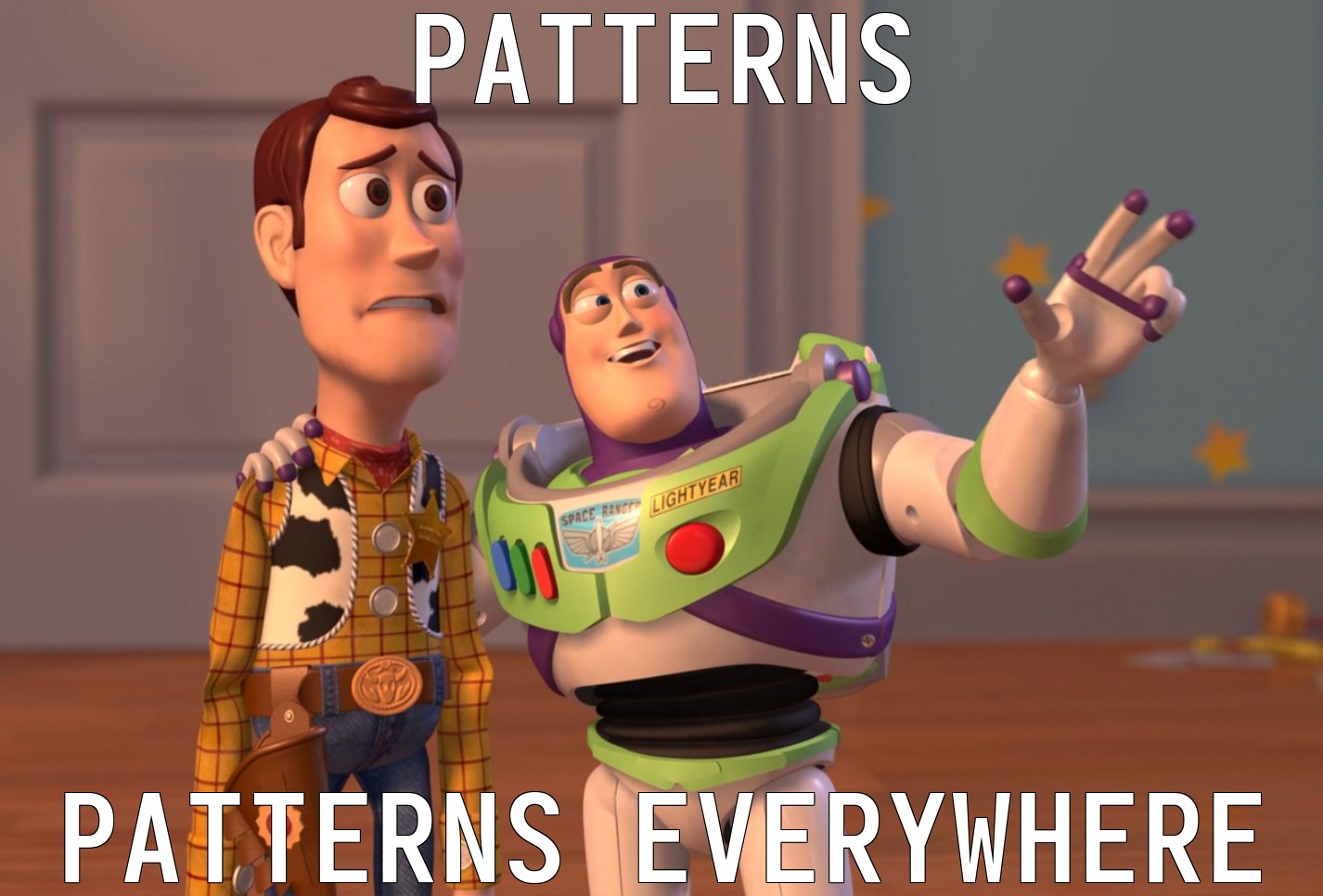Understanding Kolmogorov Complexity
| 9 minutes | 1810 words
I often advocate for a straightforward yet effective rule: the shortest solution that delivers the desired result is usually the best. This approach, favoring concise algorithms, not only ensures efficiency but also reduces maintenance cost and bug susceptibility. Intriguingly, this practical principle finds its theoretical counterpart in data compression algorithm, data analysis and machine learning through the Minimum Description Length (MDL) and the Kolmogorov Complexity. These concepts delve deep into the essence of data representation and algorithmic efficiency.
The MDL principle is an invaluable tool. It is grounded in the concept of succinctly capturing information and is essential in balancing model complexity with its explanatory power. The ideal model, according to MDL, is one that minimizes the combined description length of the model and the data. This principle is not only pivotal in guiding model selection but also reflects the deeper mathematical underpinnings of Kolmogorov complexity.

Kolmogorov complexity is about the shortest possible description of an object within a given computational model. It focuses on the simplest, most concise representation of data that a computer can use to reconstruct the original object. However, it is crucial to understand that the Kolmogorov complexity is, just like the Halting problem, inherently uncomputable. This means that even if we stumble upon the shortest possible program that replicates a specific output, there’s no definitive method to prove that there isn’t a shorter program capable of achieving the same result. This uncomputability aspect of Kolmogorov complexity adds an extra layer of fascination. It underscores a fundamental limitation in our ability to fully comprehend data representation’s simplicity, highlighting the provisional nature of our knowledge in data analysis and machine learning.

Contrary to what Mortal Kombat fans might think, Kolmogorov complexity isn’t named after a final boss but after the renowned Russian mathematician Andrey Kolmogorov, Kolmogorov complexity offers a unique perspective on assessing data complexity. It diverges from traditional metrics by focusing on information content rather than sheer size. This post is a very quick and dirty introduction to what Kolmogorov complexity is, starting with its foundational principles and progressing to practical examples. Don’t forget to check out the disclaimer at the end of the post.
Let’s introduce Kolmogorov complexity with the notion of random. What is the meaning of a random string? Let’s consider the following 64-character example strings, and evaluate together their perceived randomness:
111111111111111111111111111111111111111111111111111111111111111112345678901234567890123456789012345678901234567890123456789012347f83b1657ff1fc53b92dc18148a1d65dfc2d4b1fa3d677284addd200126d9069
The 64-character strings and their corresponding PHP code are used purely for illustrative purposes to demonstrate the principles of Kolmogorov complexity. It is worth noting that these examples are intentionally simplistic and not intended to represent optimal or real-world scenarios. The choice of 64 characters serves as a convenient length for demonstration, making the concept approachable and understandable, even though in practical applications, the length and complexity of strings might significantly vary. Furthermore, while PHP may seem verbose in these instances, it is chosen for its simplicity and accessibility, especially for those not deeply versed in programming. The key takeaway is not the length of the PHP code per se, but the underlying idea of Kolmogorov complexity: the search for the simplest possible description or program that can generate a given output. Real-world applications of Kolmogorov complexity often involve much longer strings and more intricate computations, where the efficiency and conciseness of the description become markedly more pronounced and impactful.
At a glance, the first string 1111111111111111111111111111111111111111111111111111111111111111 does not look like a
random string. It can be succinctly described as “64 1’s in a row”, therefore it has low Kolmogorov complexity. This
can be demonstrated in PHP. The length of the PHP code is 25 characters, significantly shorter than 64. This substantial
difference in length not only generates the entire string but also highlights its high compressibility rate, thereby
underscoring its very low randomness.
echo str_repeat('1', 64); // 25 characters
The second string 1234567890123456789012345678901234567890123456789012345678901230 appears to be random and complex at
first glance. However, this string is a repetitive sequence of the digits from 0 to 9. Much like the first string,
there’s no much random in it and its Kolmogorov complexity is low. it can be described succinctly as “the sequence 0 to
9 repeated 7 times and trimmed to 64 characters”. The length of the PHP code is 48 characters, which is shorter than
64, also hightlighting its high compressibility rate and therefore its low randomness.
echo substr(str_repeat('1234567890', 7), 0, 64); // 48 characters
Here, the PHP code generates the string by repeating the sequence 1234567890, effectively constructing the
64-characters string. The simplicity of this PHP code demonstrates that the string, despite appearing random and
complex, has a relatively low Kolmogorov complexity due to its underlying repetitive pattern. This example, along with
the previous ones, illustrates how Kolmogorov complexity is not merely about the visual complexity or length of a
string, but rather about how succinctly the string can be described or generated. The concept of randomness in
Kolmogorov complexity is closely tied to the absence of such describable patterns.
In the third key smashed example string 7f83b1657ff1fc53b92dc18148a1d65dfc2d4b1fa3d677284addd200126d9069, initially
seems to have high Kolmogorov complexity. It does not lend itself to a simple algorithmic description and therefore
appears incompressible and algorithmically random. The PHP code to generate this string, which includes the original
string itself, spans 72 characters, exceeding the original string’s length. When the code to reproduce a string is
longer than the original string itself, it indicates a very low compressibility rate. This means the string cannot be
compressed further, thus suggesting its high level of randomness.
echo '7f83b1657ff1fc53b92dc18148a1d65dfc2d4b1fa3d677284addd200126d9069'; // 72 characters
While all three strings have the same probabilistic chance of being randomly selected, their complexities vary. This illustrates how randomness in Kolmogorov complexity is tied to the ability to describe patterns succinctly. This paradox highlights that randomness transcends probability, linking instead to the presence or absence of patterns and the succinctness of their descriptions. The shorter the description required, the less random the string is considered, as seen with the first two strings. Conversely, a string requiring a more extensive explanation, due to lack of regular patterns, is deemed more random, as with this very last example.

The Kolmogorov complexity is not just about the subject itself but also about the language and tools used for its description. Different programming languages or descriptive frameworks might have varying levels of conciseness for the same concept. For instance, what is succinctly expressed in one language might be more verbose in another.
This can be found in the formal definition of Kolmogorov complexity:
Interpreted, this formal definition states: The Kolmogorov complexity of a string , relative to a Turing machine (a programming language), is the length of the shortest program that outputs when run on .
An intriguing aspect of Kolmogorov complexity lies in its inherent uncertainty. This uncertainty stems from the possibility that a shorter description for a given string may be discovered in a near or far future. Since the Kolmogorov complexity is uncomputable, there’s no definitive way to prove that a shorter description does not exist.

Knowing this, we can safely say that Kolmogorov complexity establishes an upper limit of complexity but not a lower one. When we write a program to generate a particular output, this program serves as definitive evidence that the sequence’s Kolmogorov complexity is, at most, equal to the length of that program. However, this does not imply a minimum level of complexity for the sequence. There is always the possibility that a shorter program capable of producing the same sequence exists. Therefore, the true Kolmogorov complexity of a sequence remains simply unknown, with the potential for more concise representations yet to be discovered.
The complexity assigned to data today might change as our understanding and technological capabilities evolve. This means that while Kolmogorov complexity offers a valuable framework for assessing data complexity, its nature is provisional. The complexity of a string reflects our current limitations and understanding, reminding us that our grasp of data complexity is always subject to revision and improvement. From this perspective, a string is random if it is incompressible, meaning it cannot be described by a shorter program. Conversely, a string is compressible if it can be described by a shorter program.
Formally, this can be defined as:
This means the Kolmogorov complexity relative to a Turing machine of a supposedly incompressible string is always greater than or equal to the length of the string itself. In other words, the Kolmogorov complexity of a true random string is always greater than or equal to its length. This is because the random string cannot be described by a shorter program.
To illustrate this, take the third example string 7f83b1657ff1fc53b92dc18148a1d65dfc2d4b1fa3d677284addd200126d9069,
initially seems highly complex. However, this string is actually the SHA-256
hash of Hello World!. Knowing this, the string can be succinctly described as “the SHA-256 hash of ‘Hello World!’”;
reducing significantly its randomness and complexity. The length of the PHP code is now 36 characters, which is shorter
than 64.
echo hash('sha256', 'Hello World!'); // 36 characters
The MDL principle and Kolmogorov complexity together offer profound insights into the very nature of information. MDL provides a practical methodology for model selection in data analysis and machine learning, focusing on the balance between simplicity and explanatory power. On the other hand, Kolmogorov complexity contributes a theoretical foundation, underscoring the importance of succinctness and efficiency in information representation. This includes applications in fields like data compression and number theory. The interplay between these two concepts highlights the critical importance of considering both the chosen model and the language used for complexity assessment. As we delve further into the intricacies of data and computation, grasping these principles thoroughly becomes ever more crucial. These principles enhance our ability to effectively grasp and interpret the essence of information within our rapidly evolving digital landscape.

…, isn’t it?
To go further into these topics, I highly recommend exploring the foundational ideas and detailed insights offered in the following papers and resources which I used as references for this post:
- A Brief Introduction to Kolmogorov Complexity from Michal Koucky
- An Introduction to Kolmogorov Complexity and Its Applications from Ming Li
- The Minimum Description Length Principle from Peter D. Grünwald
- Kolmogorov complexity - a primer from Jeremy Kun
- Kolmogorov complexity from Brilliant
- Randomness, Information Theory, and Kolmogorov Complexity from Ananda Montoly
Disclaimer
I’m just an IT professional with a deep fascination for these kind of concepts that resonates while writing code, sometimes without knowing that they are formally defined. My aim with this post is to share my enthusiasm and understanding of Kolmogorov complexity and the MDL principle, hoping to spark interest in others. While I strive for accuracy, I encourage readers to seek out more detailed and expert resources if they wish to delve deeper into these intriguing subjects.